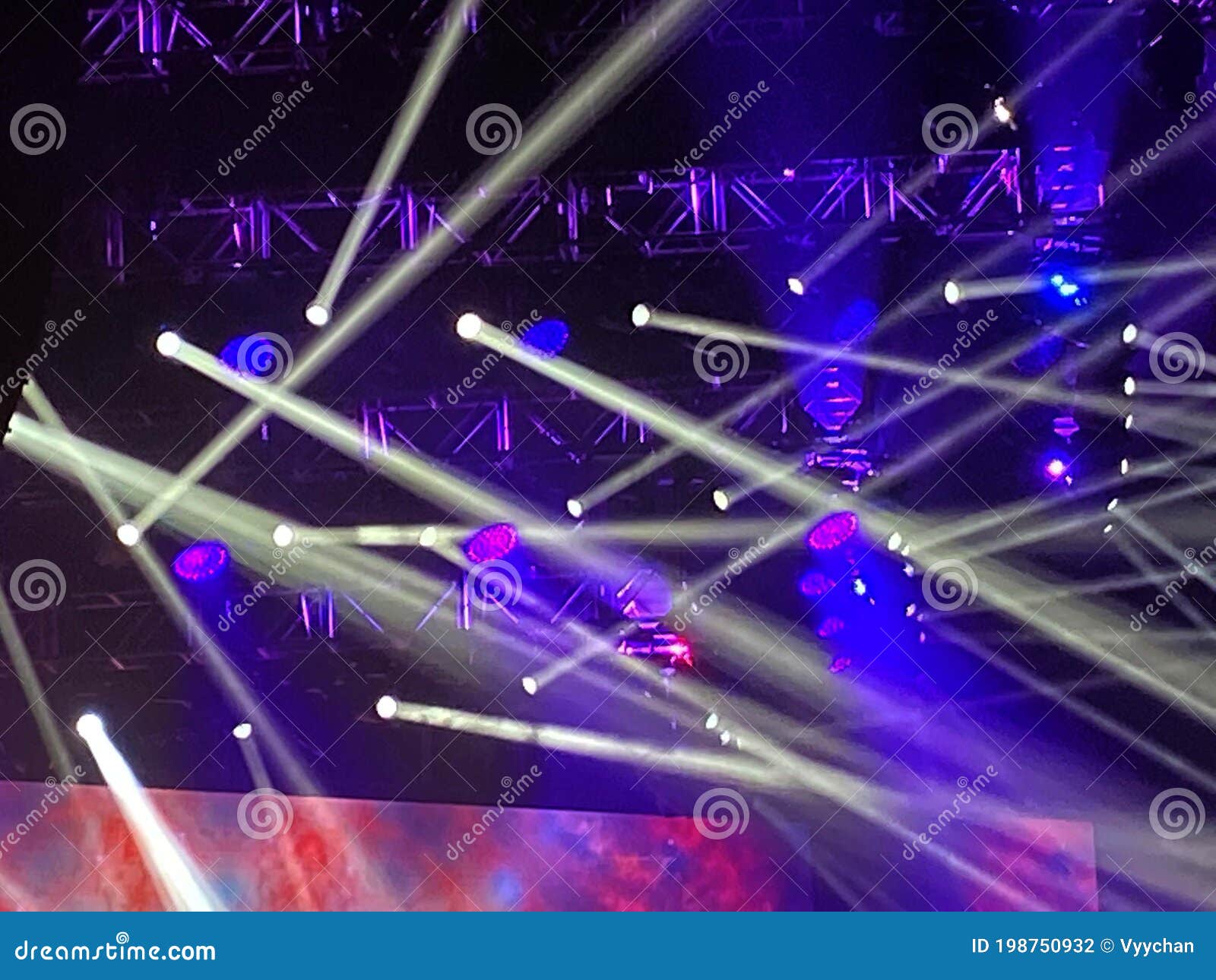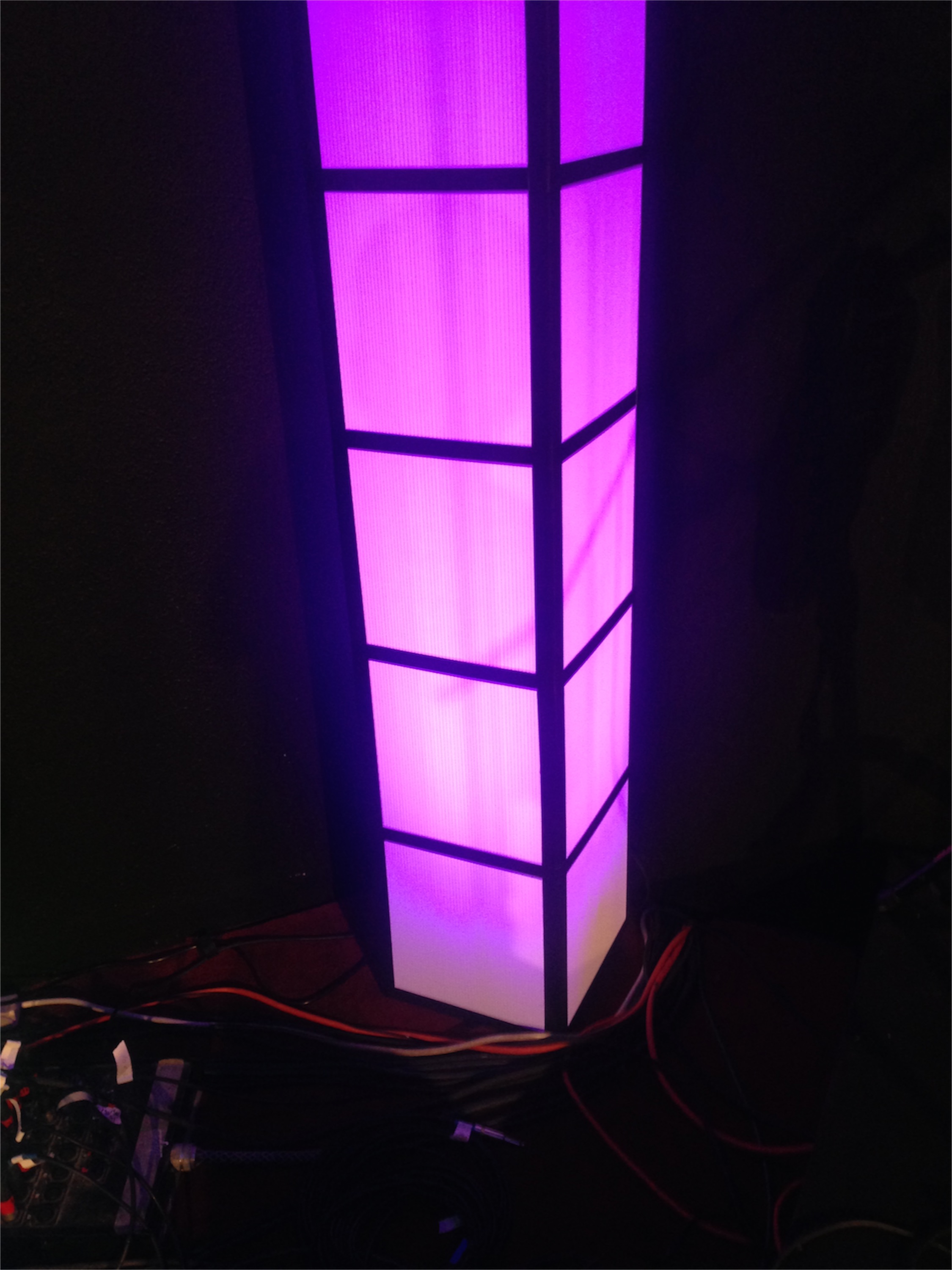

While gas was a great improvement over earlier methods, it still posed a fire hazard as well as producing a great amount of heat and odor. A great improvement over candles and oil lamps, it provided a brighter and cleaner-burning source of light that was also easily controllable. Gas lighting quickly gained public popularity and rapidly moved into theatres and other public spaces in Europe and North America. In 1792, William Murdock developed a process for distilling gas from coal, inventing a new form of illumination. Over the years, many theatres burned down because of this method of lighting. While these lights provided significant illumination, they also created a serious fire hazard. They also placed them in vertical stacks in the wings to provide additional illumination.

Later, theatres also began using candles or oil lamps at the front edge of the stage as footlights. In the early róoos, theatre practitioners began to use reflectors to intensify the effects of the candles and lamps used to light the stage and audience. This took a great deal of candles, oil, and effort to create enough light. Theatres began to use chandeliers suspended from the ceiling and oil lamps hung on walls and scenery to light the stage. As the physical space of the theatre changed, so did theatrical lighting. Stage settings became more elaborate and stage machinery became more complex. At the dawn of the Renaissance, theatre experienced a rebirth. Similar practices in lighting continued until the sixteenth century. This would allow actors and moments to be highlighted for the audience, much as modern lighting attempts to do. Since play festivals would have taken place over the course of a whole day, it is thought that torches and shiny pieces of mica were used to redirect the natural light entering the theatre. Texts dealing with ancient Greek and Roman theatre deal very little with the lighting of plays, stating only that it is assumed that they took place during the day. However, when you look at lighting design from a historical perspective, you can gain a greater appreciation of what it has achieved. Many texts on lighting design do not take the past into account. In our everyday lives, we often forget that even a century ago, amenities such as electric lighting, indoor plumbing, and air-conditioning were new technologies. It is assumed that every space we enter in the modern world will have electricity and other modern conveniences. We all take for granted the electric lights we have in our homes.


 0 kommentar(er)
0 kommentar(er)
